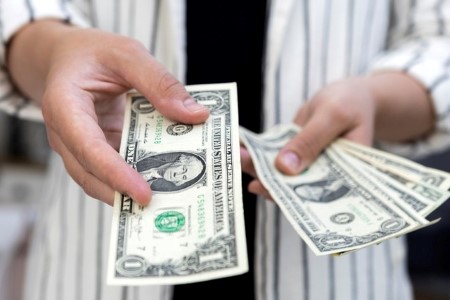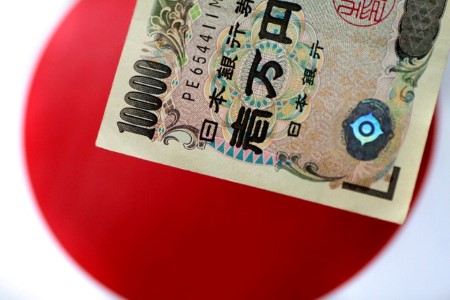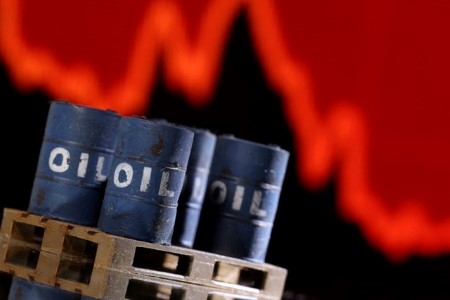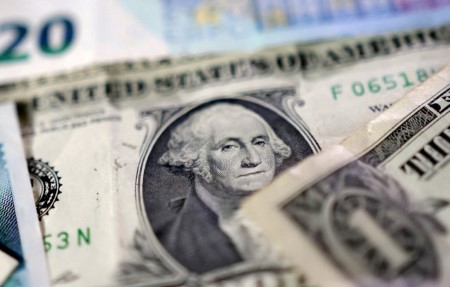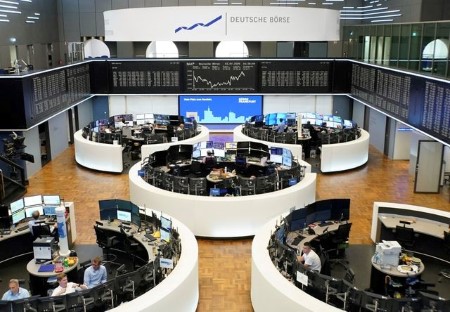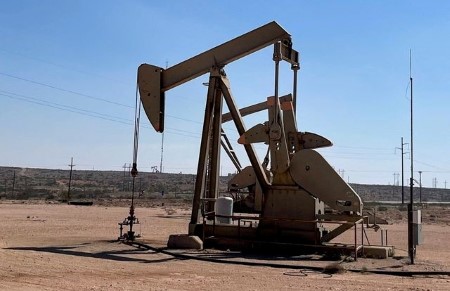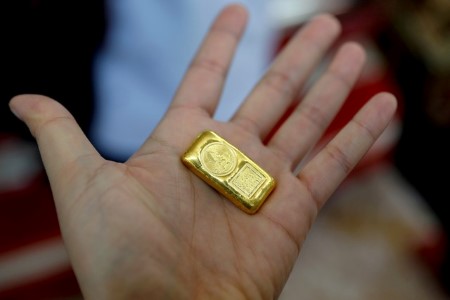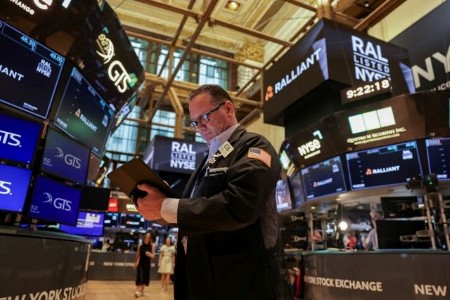US Treasury yields rose on Tuesday as President Donald Trump announced more tariffs and before the Treasury will auction 10-year and 30-year debt in the coming days.
Trump on Monday told 14 nations, from powerhouse suppliers such as Japan and South Korea to minor trade players, that they will face sharply higher tariffs from a new deadline of August 1.
He also broadened his global trade war on Tuesday as he announced a 50% tariff on
imported copper
and said long-threatened levies on semiconductors and pharmaceuticals were coming soon.
Investors are concerned that higher tariffs will increase inflation and slow economic growth, though so far price pressures have remained relatively contained.
The US Congress also last week passed the Trump-backed “Big Beautiful Bill,” which will add trillions of debt over the coming decade and raises the debt ceiling by USD 5 trillion.
“There’s plenty of concern about what the one ‘Big Beautiful Bill’ means and if tariffs are going to produce inflation that we really haven’t seen yet,” said Zachary Griffiths, head of IG and macro strategy at CreditSights in Charlotte, North Carolina. “A lot is going to hinge on this CPI print.”
The US Labor Department is due to release the Consumer Price Index for June on July 15.
The Treasury saw soft demand for a USD 58 billion auction of three-year notes on Tuesday. The debt sold at a high yield of 3.891%, around half a basis points above where it traded before the sale. Demand was below average at 2.51 times the amount of debt on offer.
The Treasury will sell USD 39 billion in 10-year notes on Wednesday and USD 22 billion in 30-year bonds on Thursday.
Longer-dated yields have risen more than shorter-dated ones this week, which may help boost interest in the upcoming auctions.
“To the extent we’ve seen the curve steepen over the past couple of days, maybe that adds to the likelihood of a decent bid for tens and thirties,” Griffiths said.
Demand for longer-dated debt may also be supported after Treasury Secretary Scott Bessent last week said he does not plan to increase the auction sizes of the debt at current interest rates.
The yield on benchmark US 10-year notes was last up 2.2 basis points on the day at 4.417% and reached 4.435%, the highest level since June 20.
The 30-year bond yield rose 1.7 basis points to 4.947% and reached 4.974%, the highest level since June 9.
The interest rate sensitive 2-year note yield rose half a basis point to 3.909% and got as high as 3.92%, the highest level since June 23.
The yield curve between two-year and 10-year notes steepened by around two basis points to 51 basis points.
A global bond selloff including Japanese and German bonds helped to pull US yields higher on Tuesday.
Yields have also increased this week after a stronger-than-expected jobs report for June on Thursday led traders to pare bets on how many times the Federal Reserve is likely to cut rates this year.
The Treasury said on Tuesday that it will increase its issuance of 4-, 6- and 8-week Treasury bills as it rebuilds its cash balance after the increase in the debt ceiling.
(Reporting by Karen Brettell; Editing by Paul Simao and Nick Zieminski)






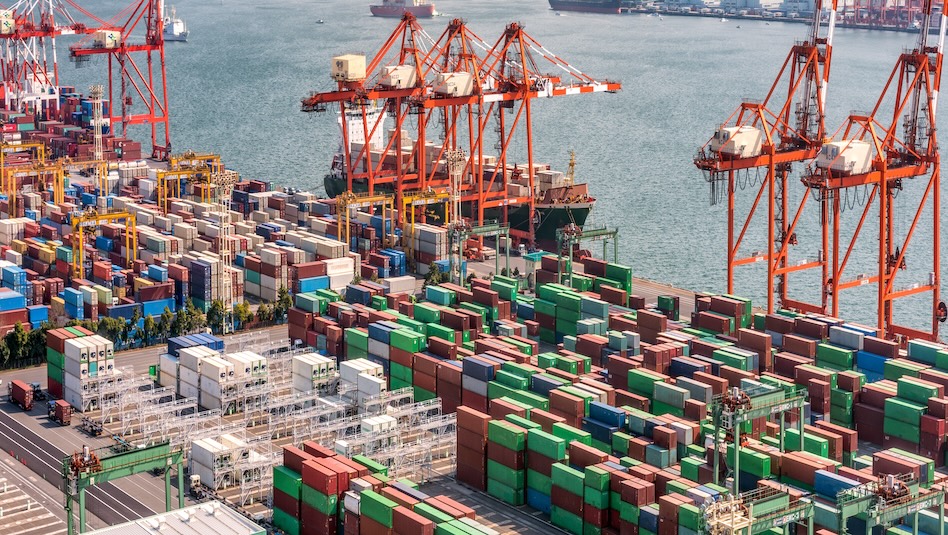
 DOWNLOAD
DOWNLOAD




